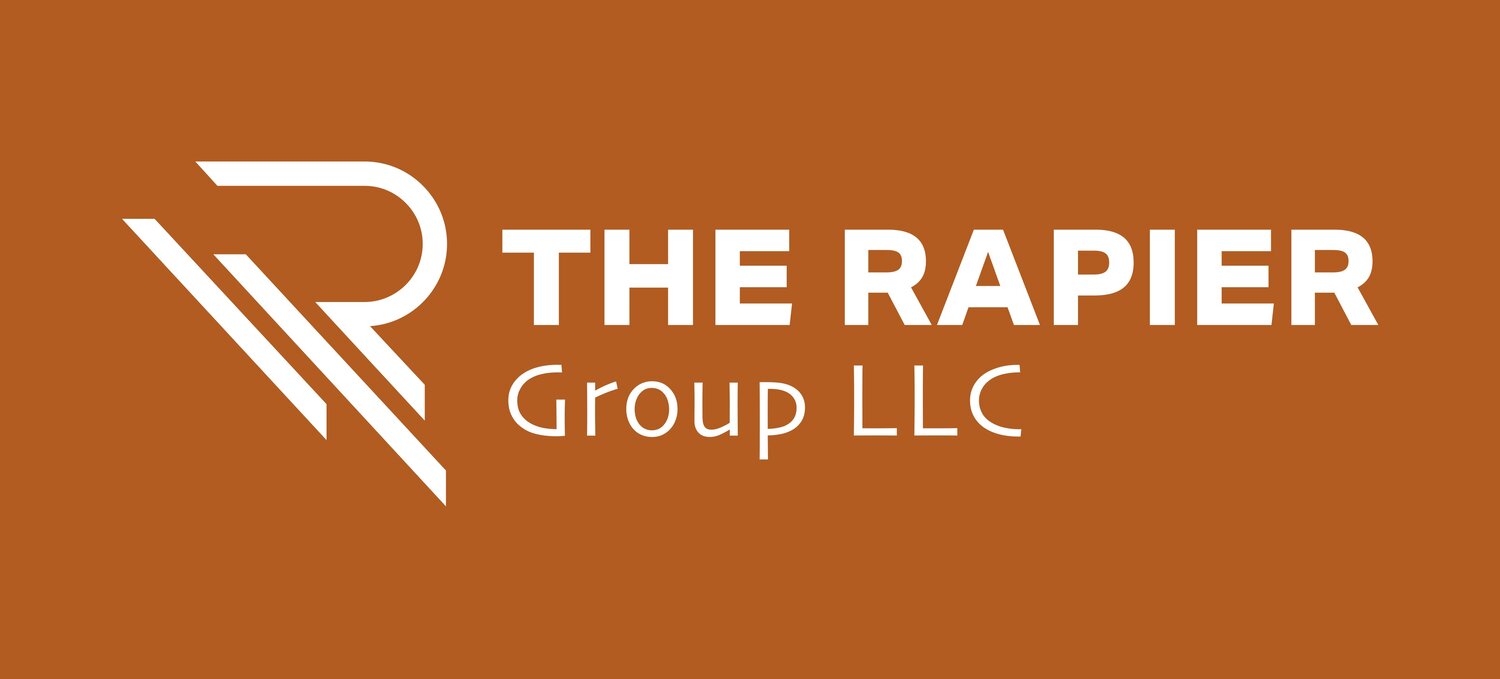Enterprise Architecture – Less is More
The optimal IT Enterprise Architecture supports and improves all aspects of your business. We know that fewer components and integration points are better. So why do we have so much trouble streamlining our environments?
The challenge is the result of how IT initiatives are planned, budgeted, and managed. An enterprise application implementation provides a good example. When replacing on-premise Application X with Cloud Application Y, the project plan focuses on launching the new application. The legacy application generally is retained for some time to allow for reporting on unconverted data. The resulting project to retire the old system requires a separate budget and project plan. When the retirement plan is not funded or scheduled, the old systems become zombies. They hang around with no real purpose, consuming resources and generally getting in the way.
There are two things you can do to prevent the proliferation of zombie applications.
Establish a Data Warehouse Solution for Retired Systems
Identify a platform that will be the target for all retired system data. Within the warehouse, each legacy system will have a place to store its data. The implementation team would then be responsible for writing two sets of conversion programs. One for the new application, the other for the warehouse.
Include Retirement Tasks and Budget in the Implementation Plan.
Making the system retirement part of the implementation effort allows you to eliminate duplicate applications as quickly as possible. How long the zombies will be with you depends on multiple factors, including data retention policies, legal holds, and contractual obligations.
Mergers and Acquisitions also add to architectural complexity. While application rationalization is always a factor in IT synergy targets, the reality is that on Day One, the two companies operate on separate platforms with new integrations to manage. The new company’s EA ends up being larger and more complex when the deal closes. The M&A team will have a 6 to 24-month roadmap to focus on the retirement of duplicate systems.
M&A adds to the architecture well beyond applications. It takes time to merge networks, consolidate data centers, integrate service desks, and other IT operations components. Because system retirement is a key synergy item, these efforts are funded and included in the post-close activity plan. M&A teams should leverage the same platforms IT uses to eliminate zombie systems.
IT Enterprise Architecture is continually evolving to support the emerging needs of the business. There is no ideal design because you are never finished. Much like plants, to maintain healthy growth, you need to be constantly trimming and pruning.
Additional Resources:
When asked to fix something, we don’t even think of removing parts


